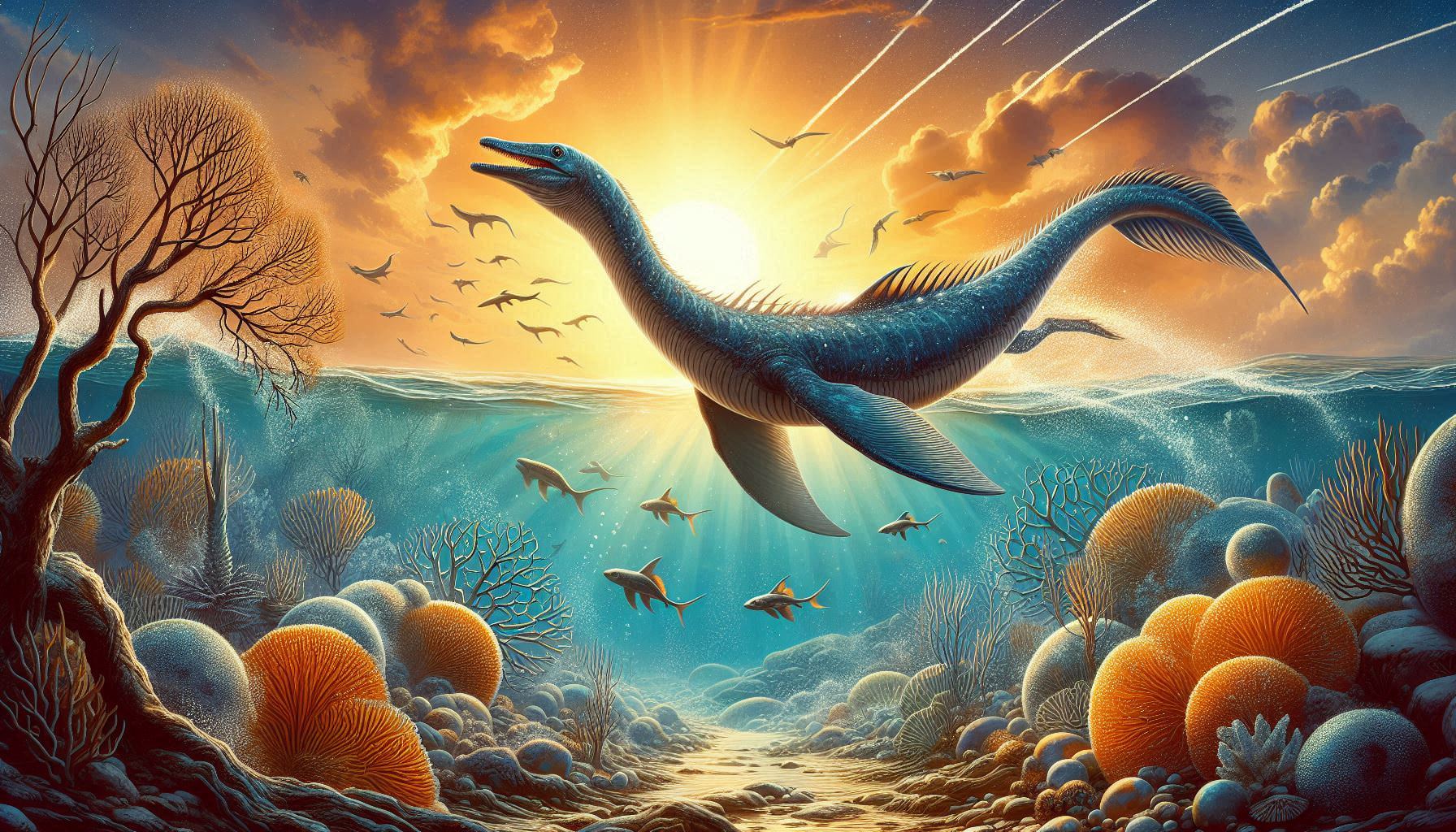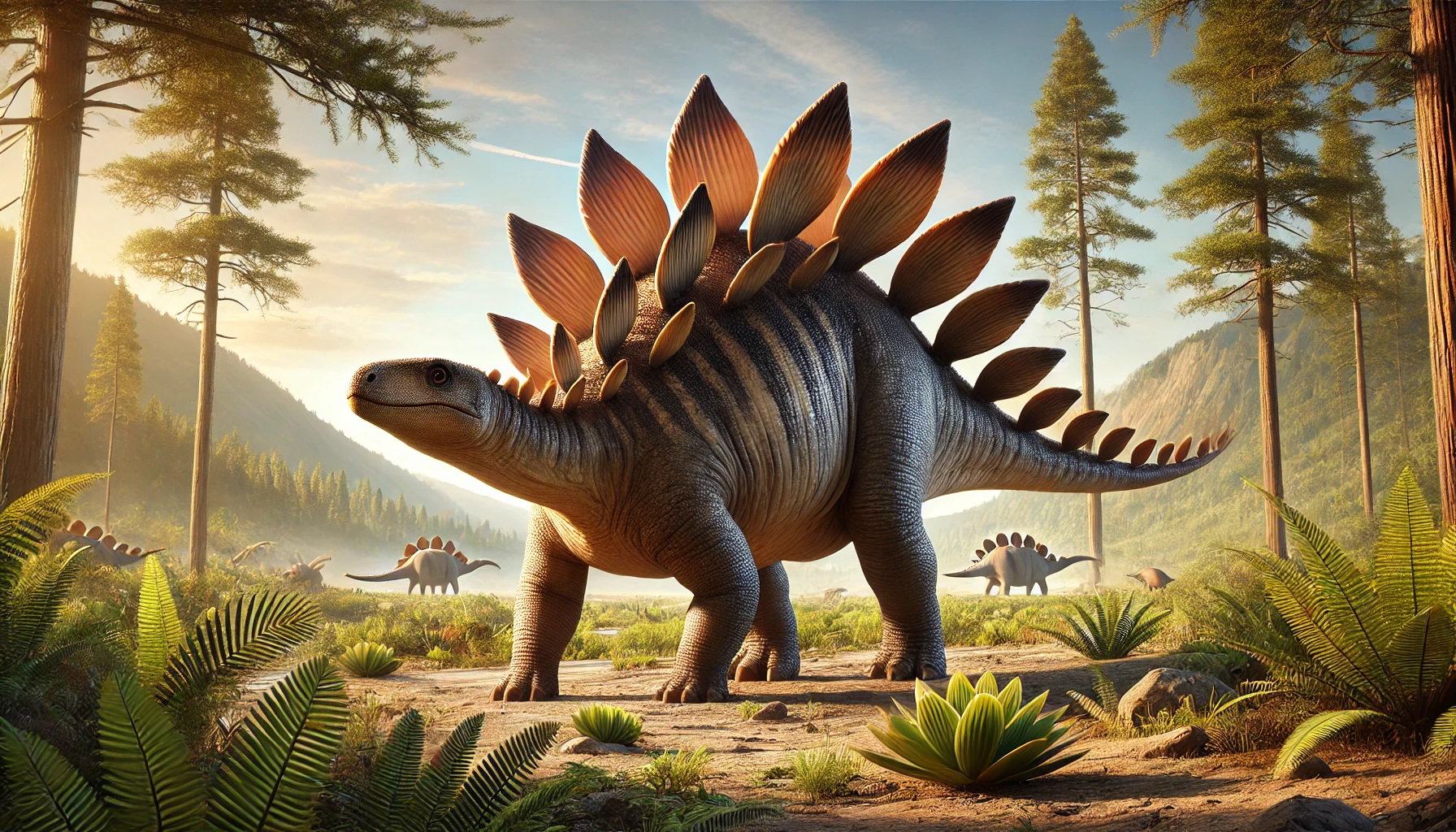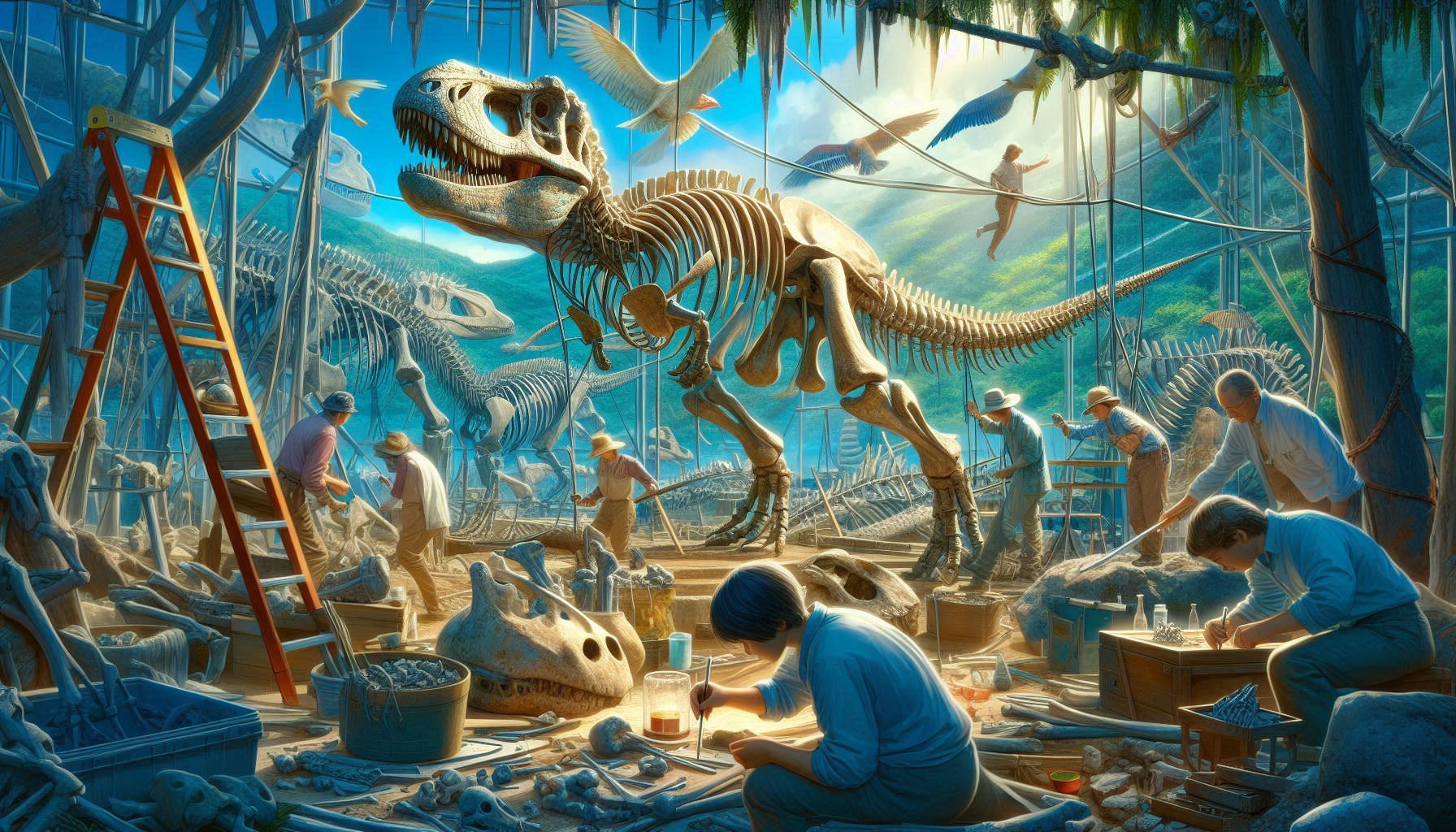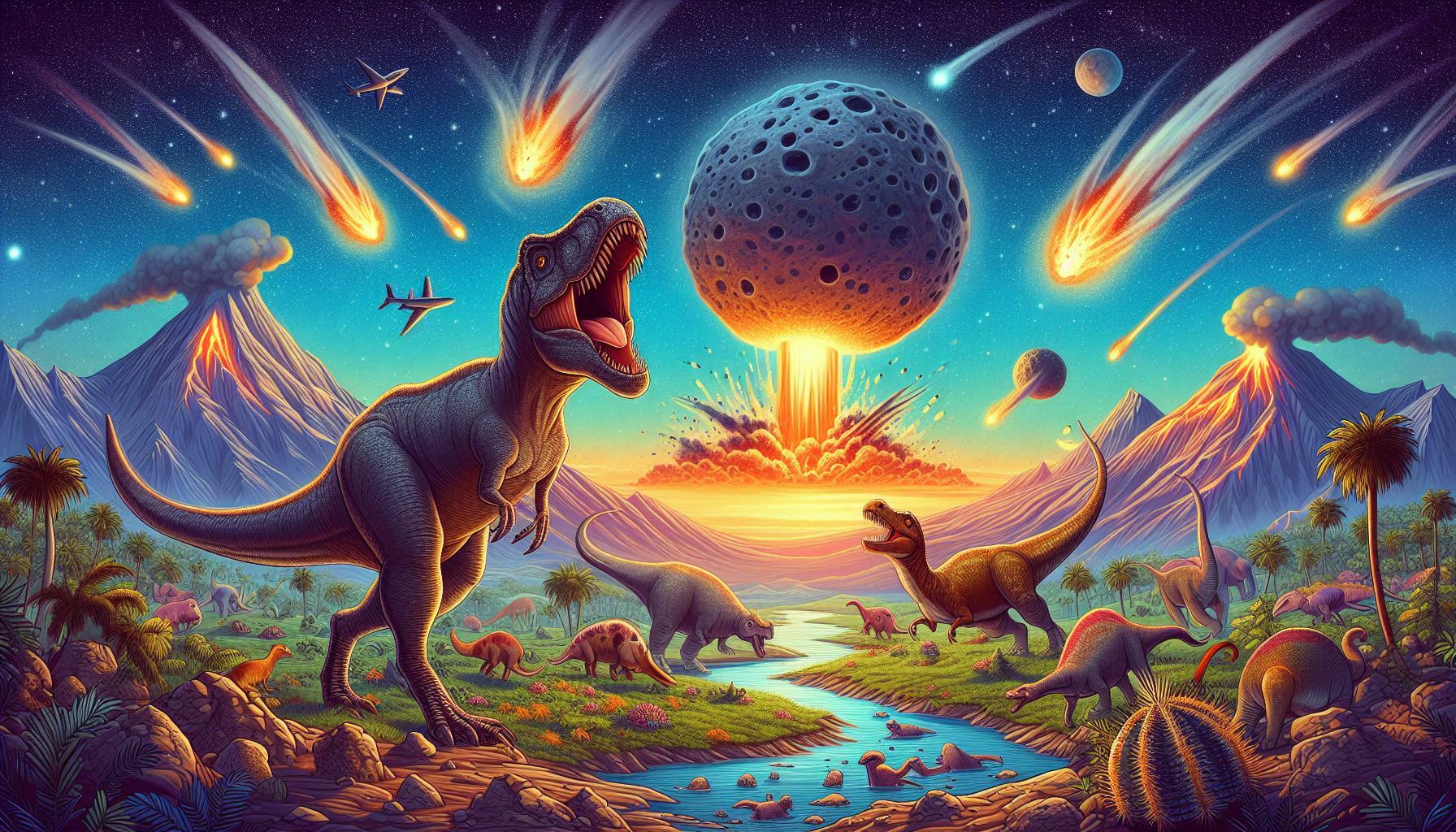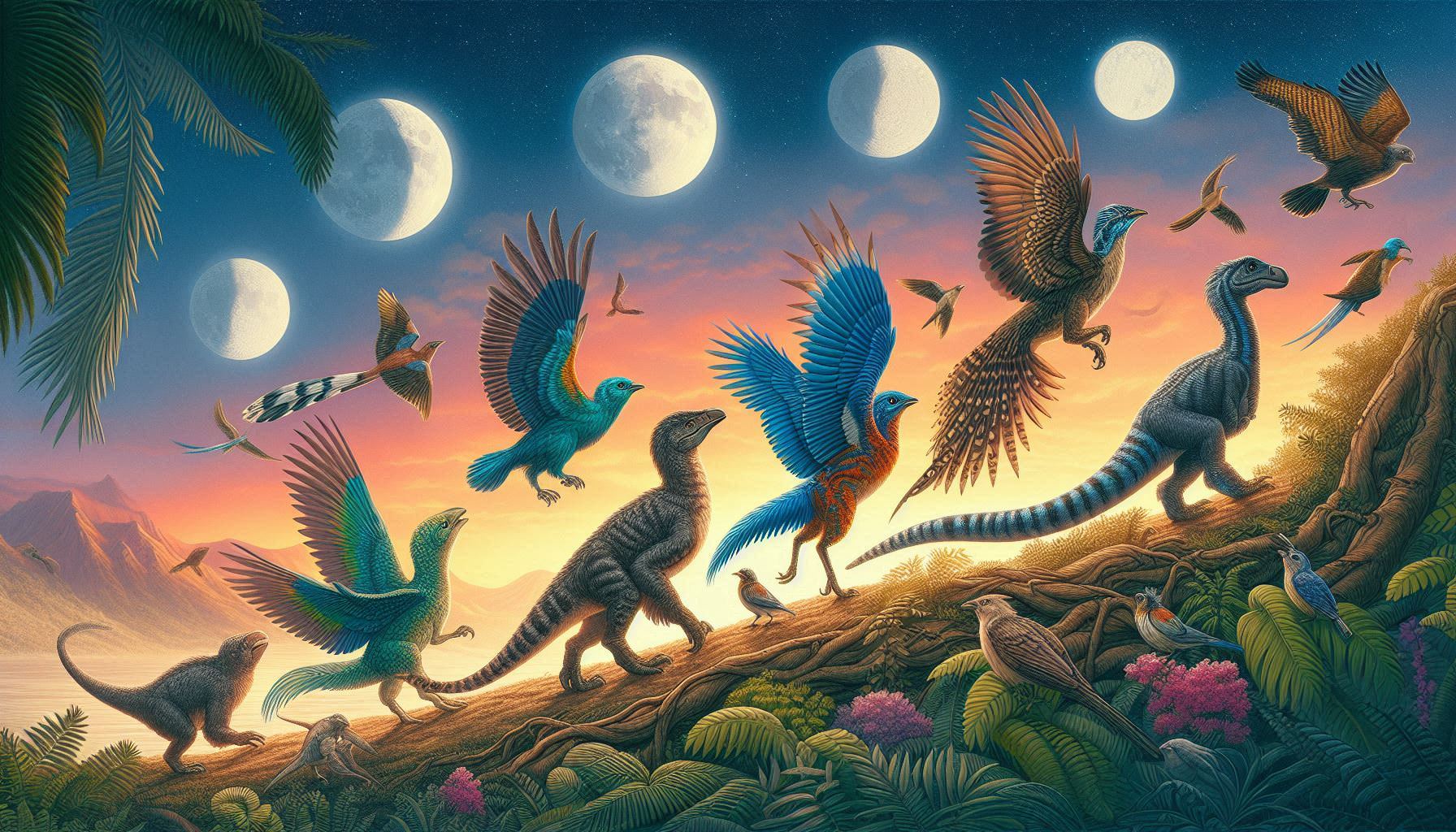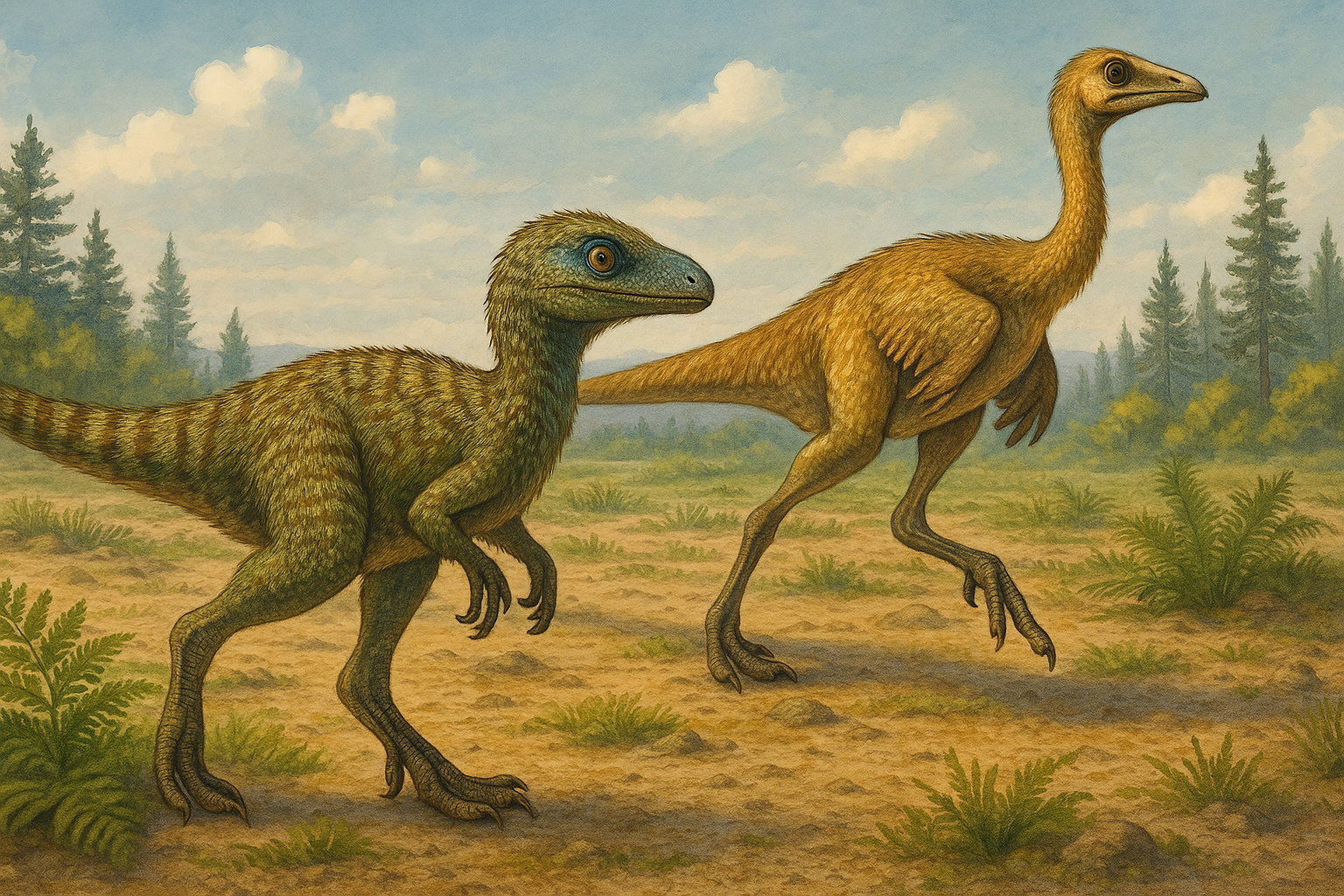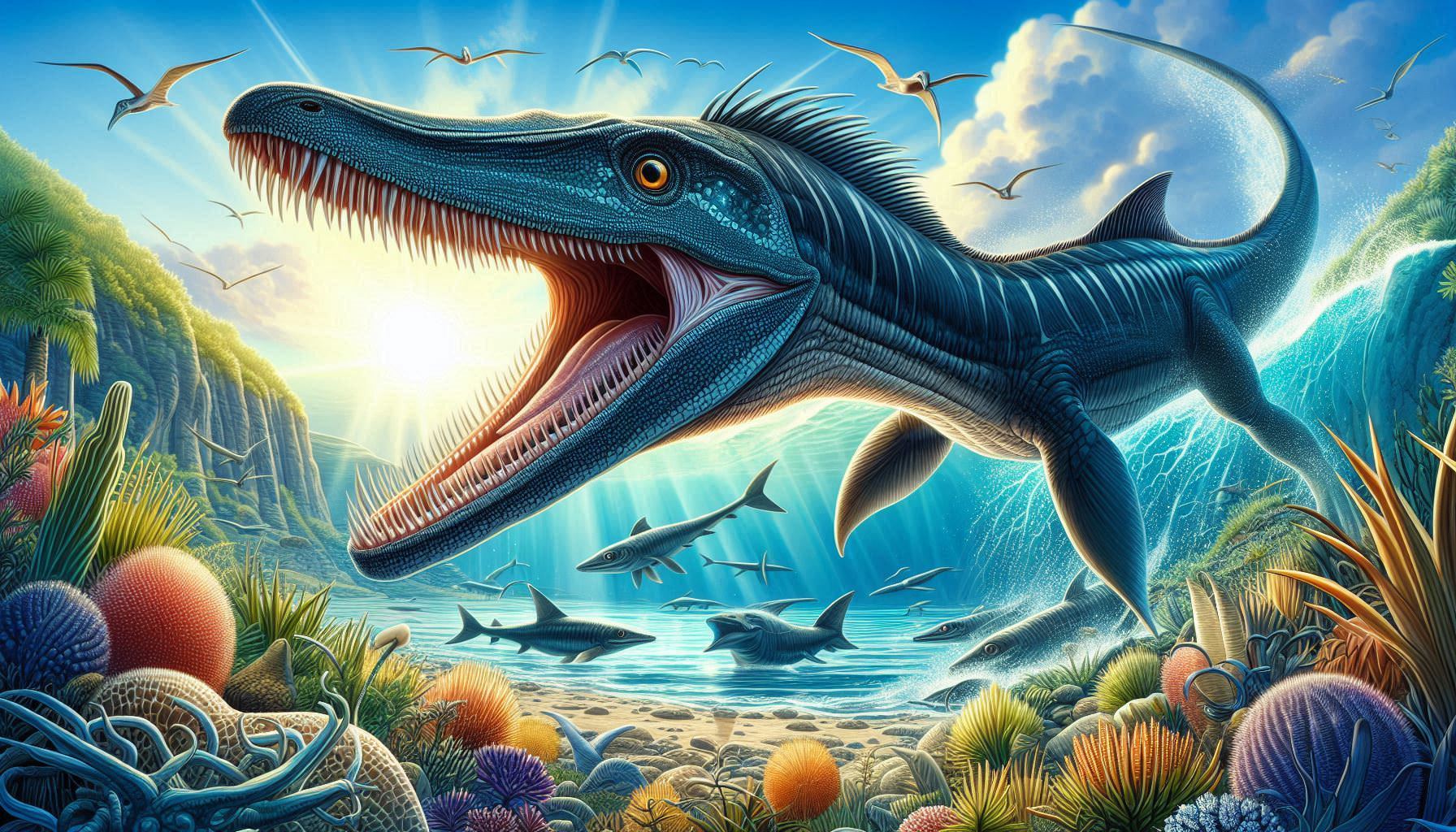Plesiosaur is one of the most iconic prehistoric marine reptiles, instantly recognizable for its snake-like neck, broad body, and flippered limbs. Often confused with dinosaurs or even mythological creatures like the Loch Ness Monster, plesiosaurs were real, powerful predators that swam the world’s oceans for over 135 million years. From fossil discoveries to recent scientific reinterpretations, their story is as deep as the seas they ruled.
- What Is a Plesiosaur?
- What Did Plesiosaurs Look Like?
- Were All Plesiosaurs the Same?
- How Did Plesiosaurs Swim?
- What Did Plesiosaurs Eat?
- Where Have Plesiosaur Fossils Been Found?
- Is the Loch Ness Monster a Plesiosaur?
- Why Did Plesiosaurs Go Extinct?
- Why Are Plesiosaurs Important to Science?
- FAQ
- Was a plesiosaur a dinosaur?
- How big was a plesiosaur?
- Did plesiosaurs live in freshwater lakes?
- Did plesiosaurs lay eggs?
- What killed the plesiosaurs?
What Is a Plesiosaur?
Plesiosaurs were marine reptiles — not dinosaurs — that lived during the Mesozoic Era, from the Late Triassic to the end of the Cretaceous period (about 203 to 66 million years ago). They belonged to the order Plesiosauria, which included both long-necked forms like Elasmosaurus and short-necked, more robust types like Pliosaurus.
These animals were fully aquatic and breathed air, just like whales today. Despite their lizard-like name, they were more closely related to other marine reptiles than to modern lizards or snakes.
What Did Plesiosaurs Look Like?
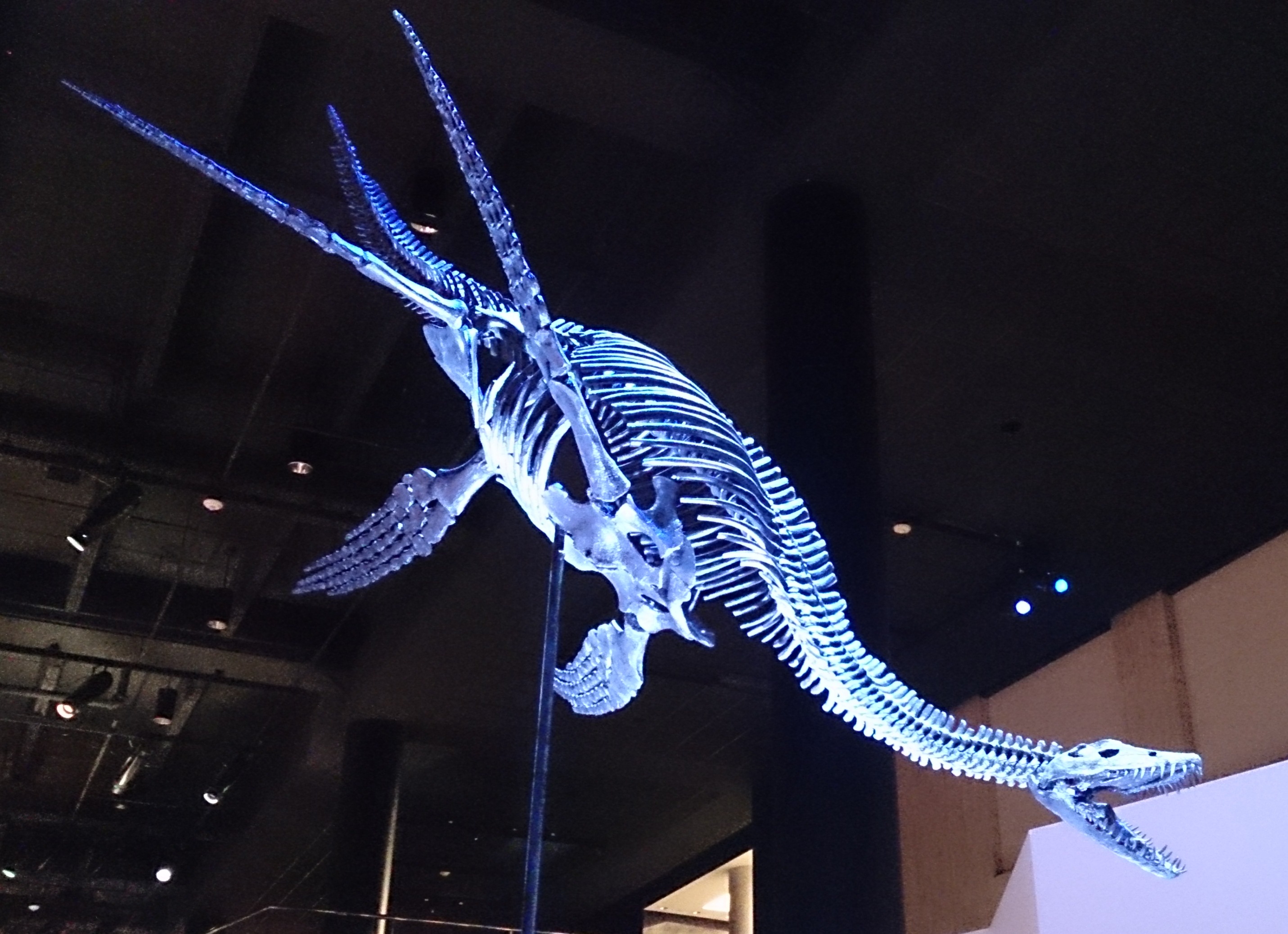
The classic plesiosaur body plan consisted of:
- Small head on a very long, flexible neck (sometimes over 7 meters long!)
- Wide, flat body streamlined for swimming
- Four strong flippers that moved in an “underwater flying” motion
- Short tail used more for steering than propulsion
Their most famous feature — the long neck — was both a benefit and a mystery. It may have helped them sneak up on schools of fish or probe into tight crevices on the ocean floor.
Were All Plesiosaurs the Same?
No. Plesiosaurs came in a variety of shapes and sizes. They’re generally divided into two main groups:
- Plesiosauroids: Long necks, small heads (e.g., Elasmosaurus, Cryptoclidus)
- Pliosaurs: Short necks, massive heads and jaws (e.g., Liopleurodon, Kronosaurus)
While both were powerful swimmers, their feeding strategies and ecological roles likely differed significantly.
How Did Plesiosaurs Swim?
One of the most fascinating aspects of plesiosaurs is their locomotion. Unlike modern marine reptiles, they used all four limbs as flippers — a unique adaptation among large aquatic animals. Studies suggest they used a simultaneous lift-and-thrust method, similar to penguins or sea turtles, making them agile and efficient underwater movers.
What Did Plesiosaurs Eat?
With sharp, conical teeth and powerful jaws, plesiosaurs were active predators. Long-necked varieties likely hunted small fish and soft-bodied cephalopods. Pliosaurs, on the other hand, may have tackled much larger prey — including other marine reptiles. Fossil evidence of stomach contents confirms a diet rich in fish, ammonites, and even seabirds.
Where Have Plesiosaur Fossils Been Found?
Plesiosaur fossils have been discovered all over the world — from Europe and North America to Antarctica and New Zealand. Some of the most famous finds include:
- Mary Anning’s discovery of a near-complete specimen in England in 1823 — one of the first plesiosaurs ever found
- Elasmosaurus fossils from the Niobrara Formation in Kansas, USA
- Liopleurodon remains in France and the UK
Is the Loch Ness Monster a Plesiosaur?
This popular myth has endured for decades, but there’s no scientific evidence to support the idea. Plesiosaurs went extinct around 66 million years ago. Furthermore, they were air-breathing reptiles that likely needed to surface frequently — something that would make hiding in a loch for centuries impossible.
Why Did Plesiosaurs Go Extinct?
Plesiosaurs were wiped out during the Cretaceous–Paleogene (K–Pg) extinction event around 66 million years ago — the same cataclysm that ended the reign of non-avian dinosaurs. While they ruled the oceans for millions of years, this global catastrophe brought their evolutionary story to a close.
Why Are Plesiosaurs Important to Science?
Plesiosaurs offer insight into the evolution of marine reptiles and the diversity of life in Mesozoic seas. Their adaptations for flight-like swimming, long-necked hunting, and global distribution help paleontologists understand not just ancient oceans, but the broader story of vertebrate evolution.
FAQ
Was a plesiosaur a dinosaur?
No. Plesiosaurs were marine reptiles, not dinosaurs, though they lived during the same time periods and shared similar environments.
How big was a plesiosaur?
Sizes varied widely. Some were under 3 meters long, while others, like Elasmosaurus, could reach up to 14 meters (46 feet).
Did plesiosaurs live in freshwater lakes?
No. They lived in oceans and seas. Myths like the Loch Ness Monster are not supported by fossil or scientific evidence.
Did plesiosaurs lay eggs?
Unlikely. Like other marine reptiles, they probably gave birth to live young in the water, avoiding the need to return to land.
What killed the plesiosaurs?
They were part of the mass extinction event 66 million years ago, likely caused by an asteroid impact and massive environmental changes.
# plesiosaur facts, plesiosaur size, marine reptiles mesozoic, plesiosaur swimming, prehistoric sea creatures, plesiosaur fossil locations, elasmosaurus, plesiosaur diet, was the Loch Ness Monster a plesiosaur, pliosaur vs plesiosaur

